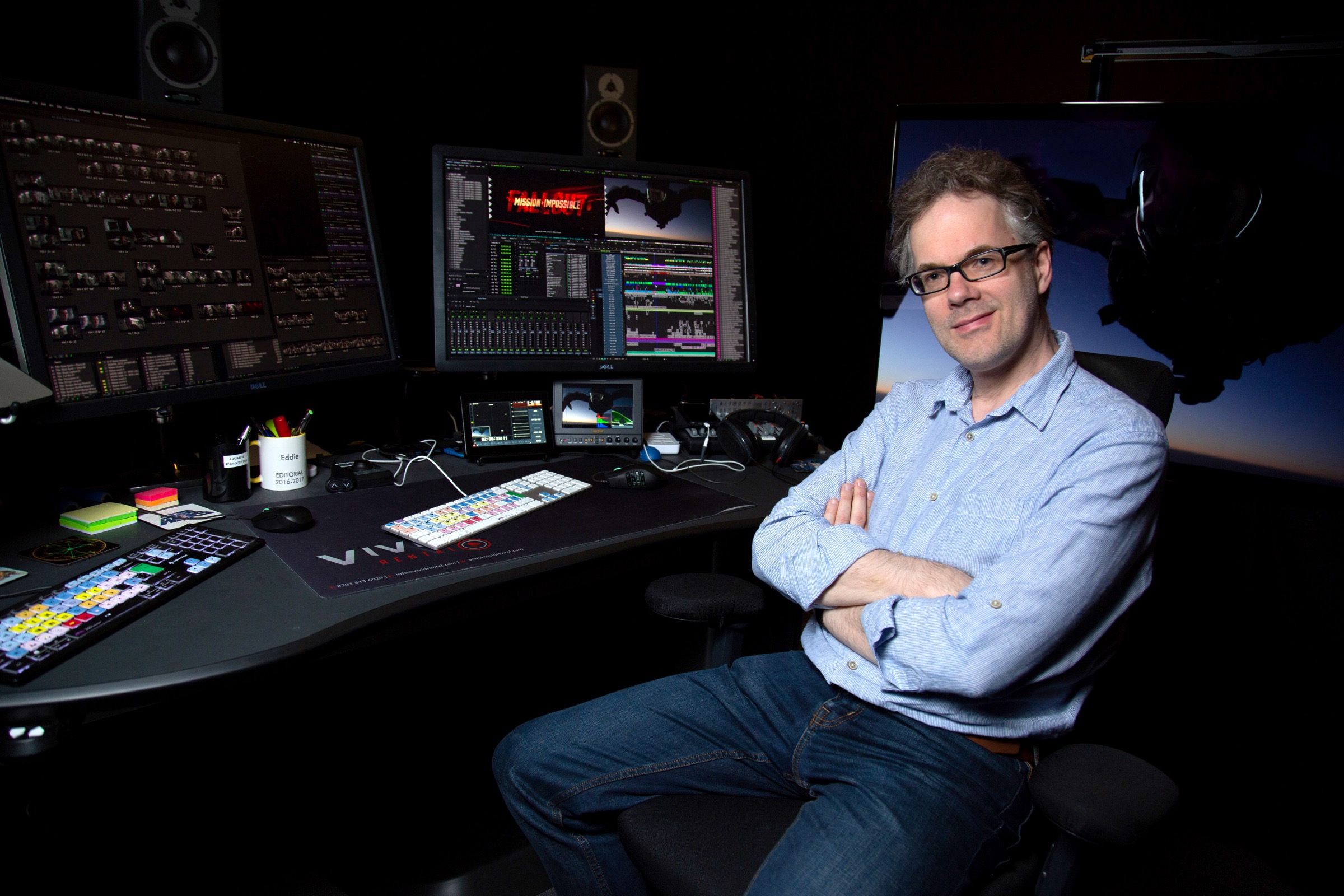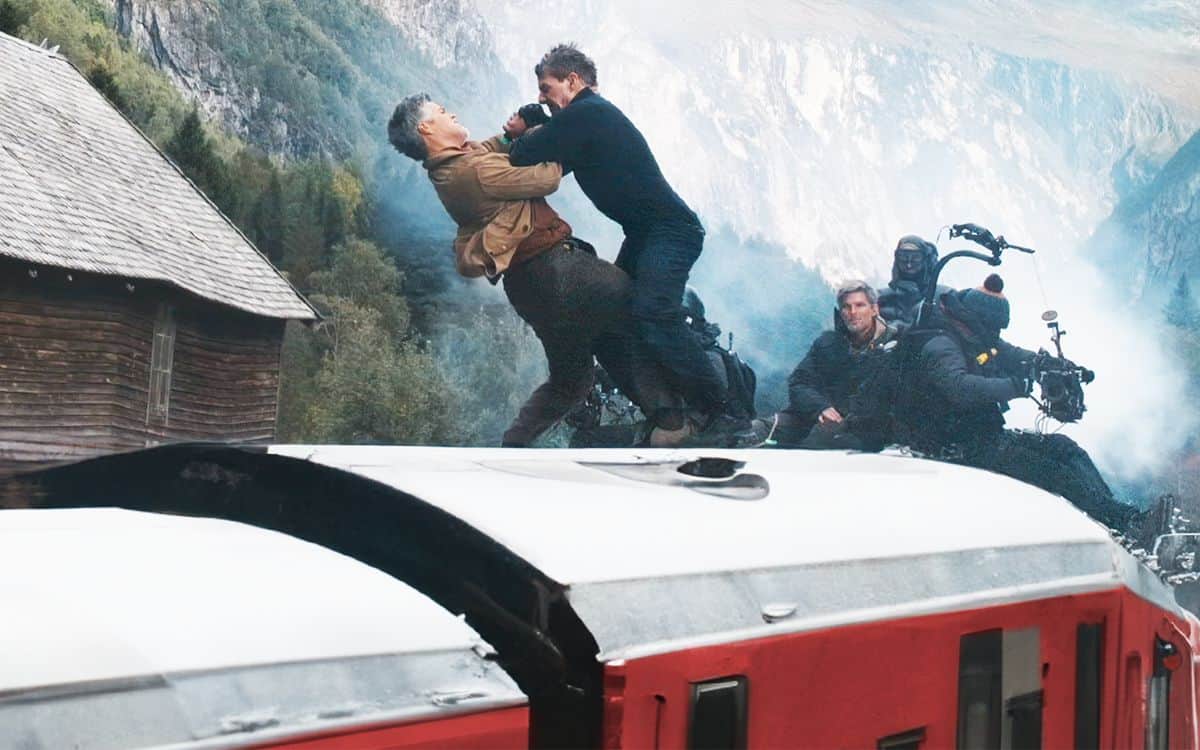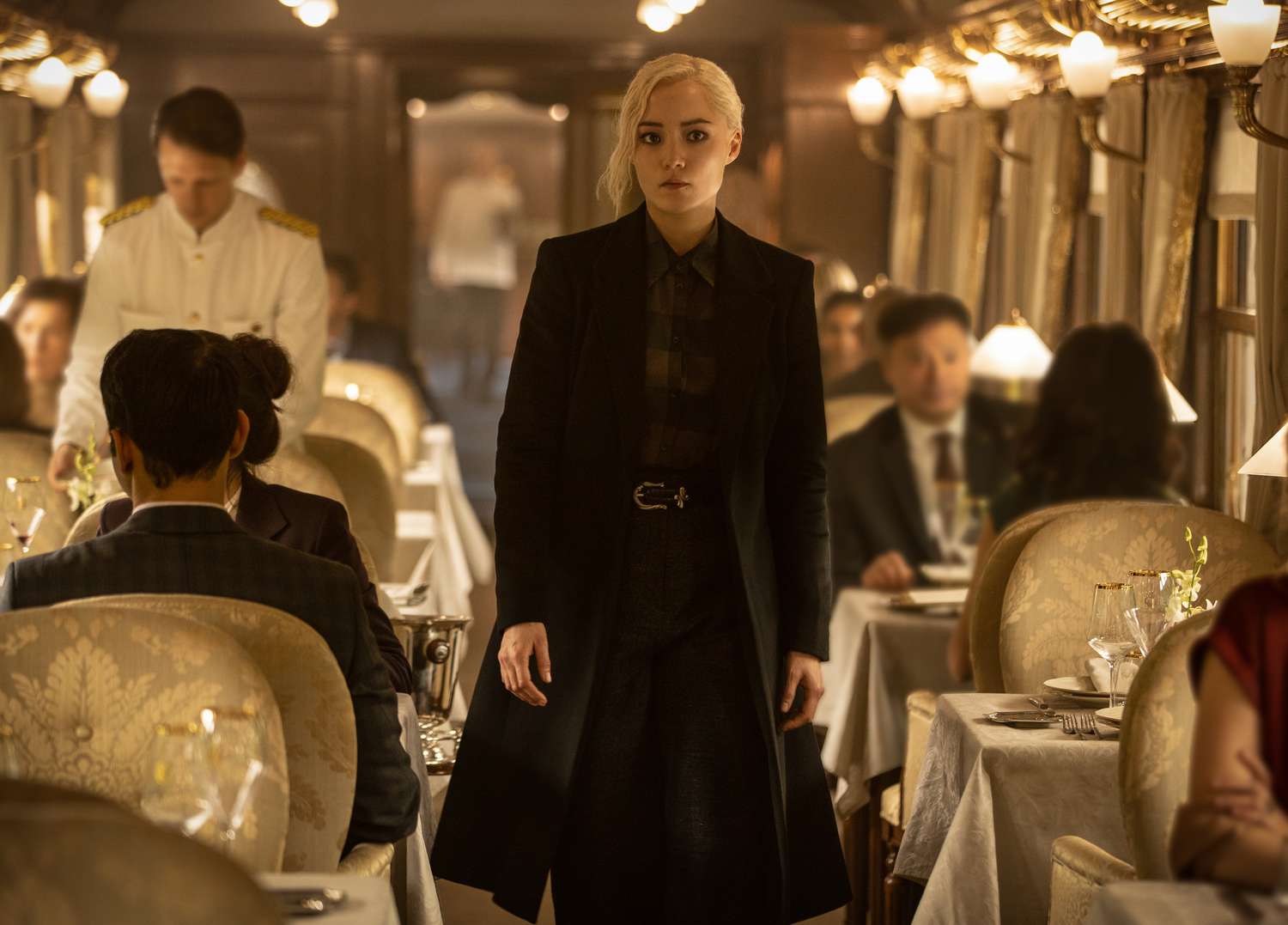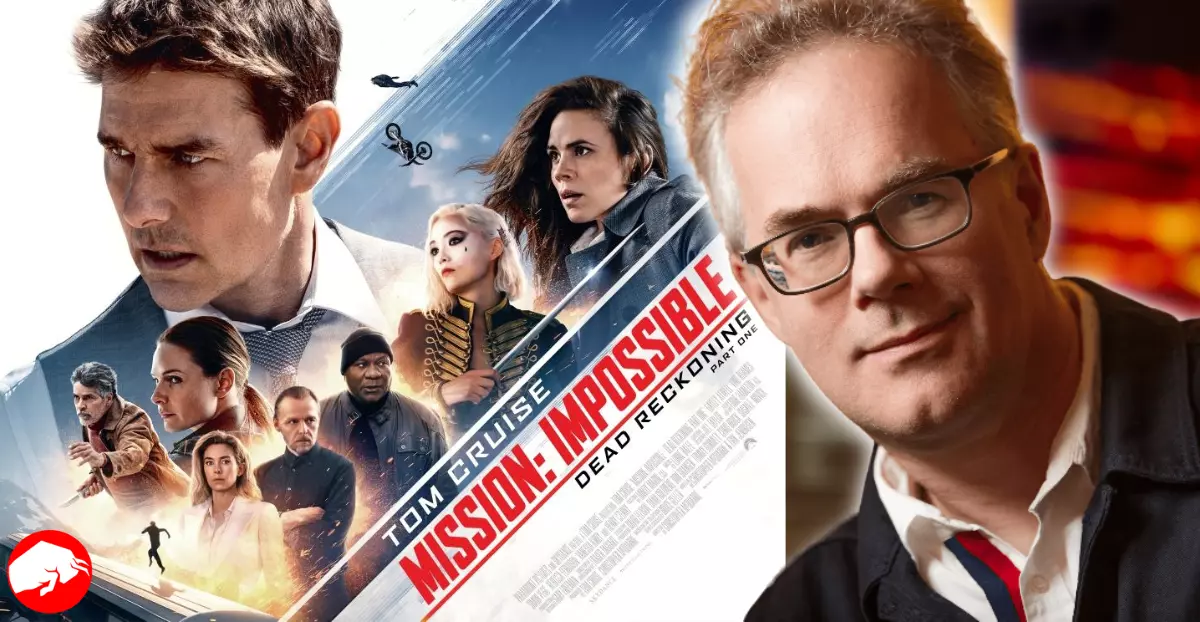Alright, my fellow action film fanatics, hold on to your popcorn! The latest action-packed chapter in the famed Mission: Impossible franchise, Mission: Impossible — Dead Reckoning, is here, and boy, is it delivering the goods. Our steadfast hero, the always-dashing Ethan Hunt, is back in full form, facing difficult situations that leave us clutching the edge of our seats and gasping for breath.
The heart-racing, adrenaline-pumping sequences the franchise is famous for have returned in full force, raising the bar higher than ever.
Now, let’s dish on one sequence in particular that’s been on everyone’s lips – a risky, nail-biting train sequence that’s every bit as high-stakes as you would expect from a Mission: Impossible movie. What you may not know, though, is that this roller-coaster of a scene underwent some major transformations from its initial version to what we see on the silver screen.
The thrilling scene we’re all raving about could’ve been an entirely different beast, revealing an intriguing glance into the usually unseen world of film editing.
Our tour guide for this behind-the-scenes exploration? None other than the movie’s editor, the supremely talented Eddie Hamilton.

He’s spilling the beans on how the cinematic magic was woven together, slice by slice, to create the exhilarating final product Dead Reckoning. Hamilton, whose credentials read like a list of your favorite popcorn flicks, is opening up the doors to the usually hush-hush editing room, giving us insider access to the inner workings of this eagerly awaited summer blockbuster.
So, strap in, folks, as we pull back the curtain and dive into the world of high-stakes editing for one of the most buzzworthy films of the year!
Scaling Down the Showstopper Train Sequence

“That whole train sequence, was about an hour-and-a-half long in our first iteration. We got it down to like 50 minutes in the finished movie.” – Eddie Hamilton
Yes, you read that right!
The third act, featuring that wildly riveting train sequence with us all on the edge of our seats, originally clocked in at a whopping hour and a half. Can you even imagine? That’s Tom Cruise’s Ethan Hunt going mano a mano with Gabriel (played by the formidable Esai Morales) on the roof of a speeding train for the length of an entire movie!
But hold on to your hats because this is where the magic of movie-making comes into play.
Our man, Eddie Hamilton, a bona fide editing genius with a stellar resume including iconic films like Top Gun: Maverick, Mission: Impossible – Rogue Nation, and Mission: Impossible – Fallout, took that gargantuan sequence and expertly whittled it down to a much more digestible 50 minutes in the final cut. Talk about a transformative edit!
“It was originally a bit longer and we lifted a few sections out because they were saying it was too much.” – Eddie Hamilton
Now, here’s where things get even juicier. Remember the heart-stopping scene where the train carriages are toppling off the bridge? Well, that spectacle was originally much lengthier. However, based on the insightful feedback from test audiences, who were practically begging for a breather, our editing wizard took a keen eye to the footage and snipped away, ensuring the audience wouldn’t be overwhelmed.
So there you have it! A peek behind the glitzy curtain of Hollywood to show how a dash of feedback and a lot of editing expertise can turn an over-the-top sequence into a bite-sized thrill ride that leaves us begging for more!
Balancing Action with Emotion
The story truly unfolds post the adrenaline-infused train sequence. Here, our unbeatable hero, Ethan, encounters his former adversary Paris, brilliantly portrayed by Pom Klementieff, in a dire situation.

In this emotionally charged moment, Ethan cradles an injured Paris in his arms while holding onto the key to a potent AI device ominously called the ‘Entity.’ Quite the cliffhanger.
Hamilton’s genius comes into play in how he approached this dialogue-rich scene. Armed with his editor’s scissors, he streamlined the scene drastically, believing that brevity was the best approach. But alas, the silver screen doesn’t always bow to the concise.
Upon reviewing the abridged version, the creative team found it critically lacking in emotional resonance, the very pulse that keeps the audience invested.
“There was a great dialogue scene. I did a much tighter version of that scene that was about half the length… I went back to an earlier edit and trimmed it a little… What you see is pretty much what they did on set.” – Eddie Hamilton
Recognizing the need to honor the raw emotionality of the scene, Hamilton backpedaled to an earlier, fuller edit.
However, he didn’t simply revert to the original. He carefully shaved off the excess, ensuring that while the audience was immersed in the emotional depth of the scene, they wouldn’t drown in an overload of information.
McQuarrie’s Collaborative Approach
Hamilton’s praise for McQuarrie’s directorial style is positively effusive. In an industry known for egos and hierarchies, McQuarrie is a breath of fresh air, creating an atmosphere that is both inclusive and dynamic. The director encourages feedback, welcoming various perspectives on the work-in-progress scenes. And it’s this rich tapestry of insights that weave into the final cinematic masterpiece that graces our screens.
“The first time we watched it, it was nearly four hours long and had no music. It was a tough watch because it was the first time Chris and I had ever watched the movie from beginning to end… We started going through the movie and really drilling down on every moment.” – Eddie Hamilton
Now, this next bit is sure to have cinephiles swooning! Hamilton takes us on a behind-the-scenes tour of their first complete film viewing. Brace yourself because it’s not your typical movie night. Imagine a nearly four-hour-long film with no music or sound effects — a silent juggernaut that left Hamilton and McQuarrie holding their breaths.
Yes, a bit of a tough watch, indeed. But what might seem like a peculiar practice in cinema marked the beginning of a significant and intense creative process of refining and perfecting the film frame by frame, moment by moment?
The evolution of Mission: Impossible — Dead Reckoning from its rough, nearly four-hour initial cut to the taut, heart-stopping action film we know and love is an extraordinary testament to Hamilton’s meticulous craftsmanship and McQuarrie’s inclusive and collaborative spirit.
It’s a reminder that behind the gravity-defying stunts, the dazzling star power of Tom Cruise, and the heart-racing action sequences, there’s a world of diligence, creative intelligence, and relentless pursuit of perfection happening off-screen. This shapes a film, gives it its soul, and makes it Mission: Impossible.
Source: Variety









